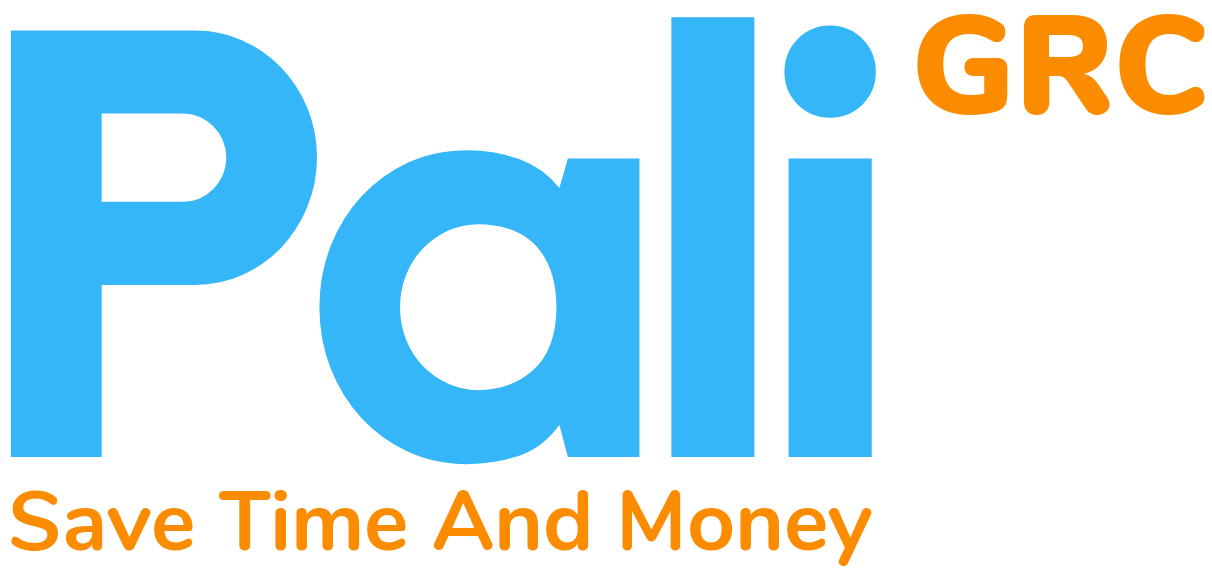How To Manage Contract Renewal
Contract renewal is a critical aspect of business operations that involves extending or renegotiating existing contractual agreements with suppliers, clients, or partners.
Effective management is essential and requires careful planning and execution. It is not merely a routine administrative task but should be viewed as a strategic process that aligns contractual agreements with evolving business conditions and emerging risks, ultimately enhancing the resilience and stability of the organisation.

Contract Renewal and Risk Management
Typically contract renewal will involve a review of the existing contract, followed by negotiations with the contract partner or partners to extend or modify the contract. This process can be complex and time-consuming, requiring careful planning and execution.
It is an opportunity to identify and address potential risks associated with the contract. This is especially important for long-term contracts, which can span several years and involve significant financial commitments.
The Power of Risk Controls
Risk controls, in the context of Governance, Risk Management, and Compliance (GRC), are structured measures and strategies designed to identify, assess, mitigate, and monitor risks within an organisation. They act as the safety nets that protect businesses from potential harm, ensuring that operations run smoothly and goals are achieved without unnecessary interruptions.
By implementing contract renewal through risk controls, organisations can proactively manage risks associated with contractual agreements. This approach ensures that contractual terms and obligations are aligned with risk management strategies, ultimately enhancing the organisation's resilience and minimising potential disruptions.
Key Considerations
Following are some key considerations for managing contract renewal through risk controls:
Risk Assessment and Identification
Review Existing Contracts: Start by conducting a thorough review of existing contracts slated for renewal. Identify contractual clauses related to risk, including liability, indemnification, termination, and compliance.
Risk Categories: Categorise identified risks into different categories such as financial, operational, legal, compliance, and reputational. This categorisation helps in prioritising risk controls.
Contractual Risk Mitigation
Update and Strengthen Clauses: During the contract renewal process, focus on updating and strengthening clauses that address identified risks. Ensure that contractual language clearly defines responsibilities, obligations, and consequences related to risk events.
Include Risk Mitigation Measures: Incorporate specific risk mitigation measures into contracts. For instance, include clauses that require regular compliance audits, performance assessments, or the provision of insurance coverage by the contract partner.
Risk Control Strategies
Diversification of Suppliers or Partners: Consider diversifying your supplier or partner base to reduce concentration risk. During contract renewal, evaluate whether spreading contracts among multiple providers can mitigate risk.
Benchmarking and Market Analysis: Use benchmarking and market analysis to ensure that the contract terms are competitive and aligned with industry standards. This can help control costs and mitigate market-related risks.
Alternative Solutions: Explore alternative solutions and contingency plans in case the contract renewal negotiations fail. Having backup plans in place reduces the impact of potential disruptions.
Financial Risk Management
Pricing and Payment Terms: Negotiate favorable pricing and payment terms during contract renewal to control financial risks. Consider mechanisms for adjusting pricing based on market conditions or performance benchmarks.
Financial Guarantees: Depending on the nature of the contract, consider requiring financial guarantees, such as performance bonds or letters of credit, to protect against financial risks.
Compliance and Legal Risk Controls
Legal Review: Engage legal counsel to conduct a comprehensive legal review of the contract during renewal. Ensure that the contract remains compliant with evolving laws and regulations.
Dispute Resolution Clauses: Include dispute resolution clauses that specify mechanisms for resolving disputes without resorting to lengthy and costly litigation.
Monitoring and Reporting
Key Performance Indicators (KPIs): Define and monitor KPIs related to the contract's performance and risk factors. Regularly assess whether the contract partner is meeting established KPIs.
Escalation Procedures: Develop escalation procedures for identifying and addressing potential risks. These procedures should outline how and when to escalate risk-related issues to senior management or other relevant stakeholders.
Documentation and Record-Keeping
Document All Changes: Maintain detailed records of all changes made during the contract renewal process. This documentation serves as a historical reference and can be valuable in case of disputes or audits.
Communication and Documentation: Ensure that all risk-related communication, including risk assessments, negotiations, and risk control decisions, is thoroughly documented.
Managing Risk In a GRC System
A good software system such as Pali GRC can help organisations manage contract renewal through risk controls. Pali GRC is a comprehensive GRC solution that streamlines and automates risk management activities, including risk assessment, risk control implementation, and risk monitoring.
- Integrated Risk Management: GRC systems provide an integrated platform for managing risks across the organisation.
- Holistic View of Risks: GRC systems offer a holistic view of various types of risks, including operational, financial, compliance, and strategic risks.
- Efficient Risk Assessment: GRC systems streamline the risk assessment process with standardised templates and methodologies.
- Automated Risk Scoring: Many GRC systems include automated risk scoring mechanisms to prioritise risks.
- Real-Time Monitoring: GRC systems allow for real-time monitoring of risk indicators and key risk metrics.
- Compliance Management: GRC systems facilitate compliance management by tracking regulatory requirements and automating assessments.
- Efficient Risk Mitigation: GRC systems support the implementation and tracking of risk mitigation measures.
- Reporting and Dashboards: GRC systems offer customisable reporting and dashboard features for effective communication.
- Audit Trails and Documentation: GRC systems maintain comprehensive audit trails and documentation of risk-related activities.
- Collaboration and Communication: GRC systems include tools for information sharing and effective risk-related discussions.
- Scalability: GRC systems can scale to accommodate the growing needs of organisations.
- Continuous Improvement: GRC systems support continuous improvement efforts by providing insights into risk trends and performance metrics.
- Standardised Processes: GRC systems enforce standardised risk management processes and workflows.
Contact Renewals with Pali GRC
Pali GRC has been designed from the ground up to be as friendly and intuitive as possible. Managing Contract Renewals can be as simple as identifying and classifying each part of the process and then assigning it as a control to the responsible user.
With Pali GRC, tracking the progress of each control is effortless. Individual users responsible for specific controls can update their tasks in real-time, providing transparency and accountability. Managers and decision-makers can access progress reports at any time, empowering them to make informed decisions promptly.
Conclusion
In the complex world of business, risk management is not an option; it's a necessity. Risk controls are the linchpin of an effective risk management strategy, safeguarding businesses from potential pitfalls.
A good Governance Risk and Compliance system such as Pali GRC means that simplifying risk control implementation is within reach. With individualised controls and real-time progress tracking, Pali GRC empowers organisations to navigate the risks of today's business landscape with confidence.
Please contact us to find out more and arrange a demonstration.
In risk management, it's not about eliminating risk. It's about understanding and controlling it.

